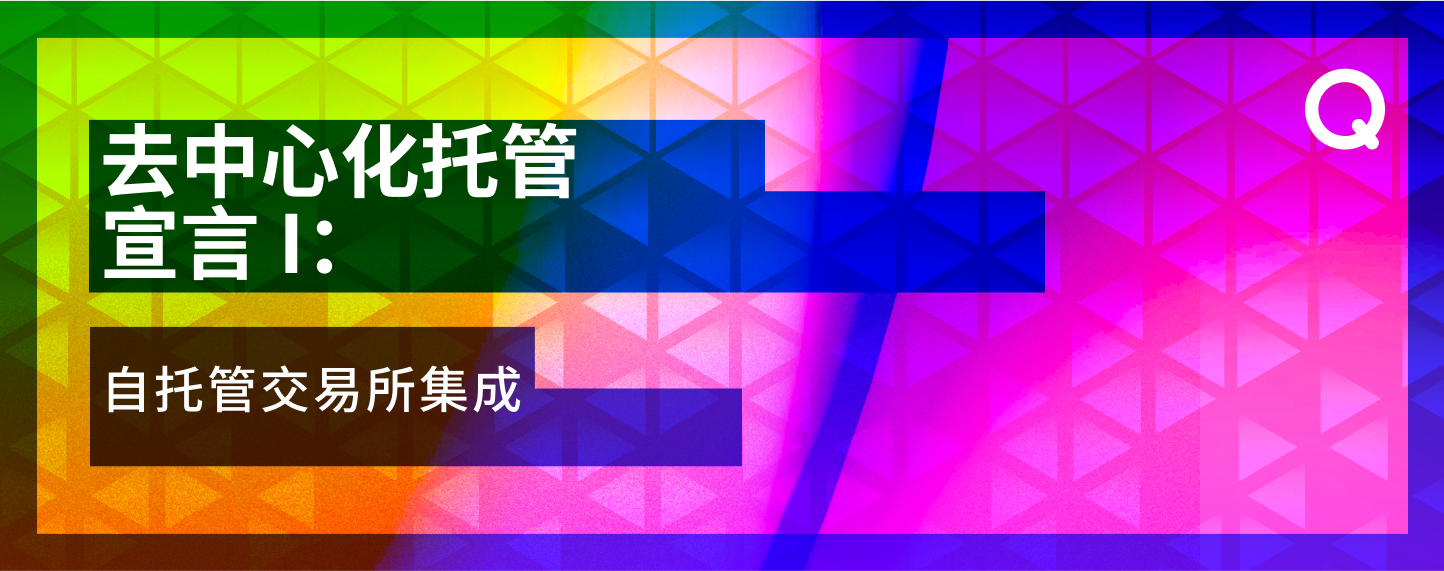
Trust but verify.
A timeless mantra, but one that desperately needs a refresh.
Where does this sentence come from? If you believe Wikipedia, it comes from a Russian proverb, but it was actually made famous by Ronald Reagan in his efforts to prevent the proliferation of nuclear weapons.
For years, we have been forced to trust centralized service providers. We see mysterious CEOs lead from the front, tall and wise, yet this trust leads to disaster time and time again.
However, despite the need for trust, can users of centralized services really verify much?
Well, you can be sure that the founders, leadership team are real, and maybe dig into some company documents and check LinkedIn profiles. In short: surface verification.
Most companies in the crypto space are privately held, with financials largely hidden, ownership interests entangled in a web of offshore jurisdictions, and few corporate governance requirements.
So what are they doing with your assets? How do they store your cryptocurrency? Are they mixing your funds with theirs? Are they lending or trading against the client's assets?
The user cannot verify this.
FTX was a well-known centralized big company, but after a dramatic collapse, the whole class of companies let their users down.
Celsius, BlockFi, Voyager, 3 AC, Axie Infinity, Terra — they all have one thing in common: an explicit requirement that users trust them.
Centralized exchanges seem to have realized that cryptographically provable mechanisms for verifying trustworthiness (commonly referred to as “Proof of Reserves”) are not a good thing, but a necessity for survival. This is progress.
Why? At some point, it becomes so obvious that exchanges should not be trusted to protect and manage customer assets.
It doesn't happen in traditional markets, and it shouldn't happen in cryptocurrencies.
secondary title

Don't trust, always verify
In these two future models, we need very different trust horizons, but there is no doubt that both are better than exchanges to hold and protect customer funds.
In this post, I won't discuss third-party custodians in detail, because I want to focus on the cutting edge: how self-custody integration with centralized exchanges can work.
For that, let's consider how an exchange manages its users' assets. My assumption here is that the exchange is relatively cautious and employs a minimum standard of common sense in the way it protects customer assets:

Now imagine deposit addresses being replaced by self-custodial wallets such as hardware wallets. Sounds good, right? But before we get too excited, this model simply doesn't work for most swapping activities.
Yes, you could theoretically buy some bitcoins and hook up your wallet, and the exchange could send it to the wallet address you specified. But in practice, exchanges also need to be able to withdraw money on demand when due. For example...
Has your position been closed? The exchange will collect the due amount from your wallet.
Do you want to provide spot liquidity? The exchange knows you are good for it because it has your funds.
Want to borrow some crypto collateral because you love margin trading? That's okay because the exchange will borrow your assets it already controls.
secondary title
Putting self-regulation to work
Exchanges always require control over your funds. After all, your actions on exchanges have consequences. If you open a position, you need to settle; if you have public exposure, you should close it; where you want to borrow, your collateral should be available for the exchange when the loan becomes due.
The good news is that Qredo makes this possible.
Qredo Network is a managed network consisting of:
Qredochain, our layer 2 blockchain, forms an immutable record of assets and activity in the Qredo Wallet, and;
secondary title

Direct debit at level 2
If an exchange allows users to connect their Qredo wallets to the exchange, users can rest assured that their funds will always remain in their self-custodial wallets. They can pre-fund their trading activity without leaving their wallets - that's the beauty of layer 2 integrated wallets!
At the same time, however, if an exchange needs to own assets (such as settling clearing transactions), it can be granted the on-chain right to debit from a user's Qredo wallet. This will be done completely transparently on-chain, providing an immutable record of activity for both parties:

We now have a way to do this; bringing self-custody to the exchange space or any centralized service provider. But for our voices to be heard, we need to make such demands.
Join us in this fight and help spread the word about Qredo's self-hosted integration via the hashtag:
#Connect 2 Qredo
Together we can and should expect more progress from the crypto industry!
— Josh
Qredo Chinese page:OPEN A QREDO WALLET
Original link:https://www.qredo.com/blog/self-custodial-exchange-integrations
Qredo Chinese page:qredo.com/zh-cn



